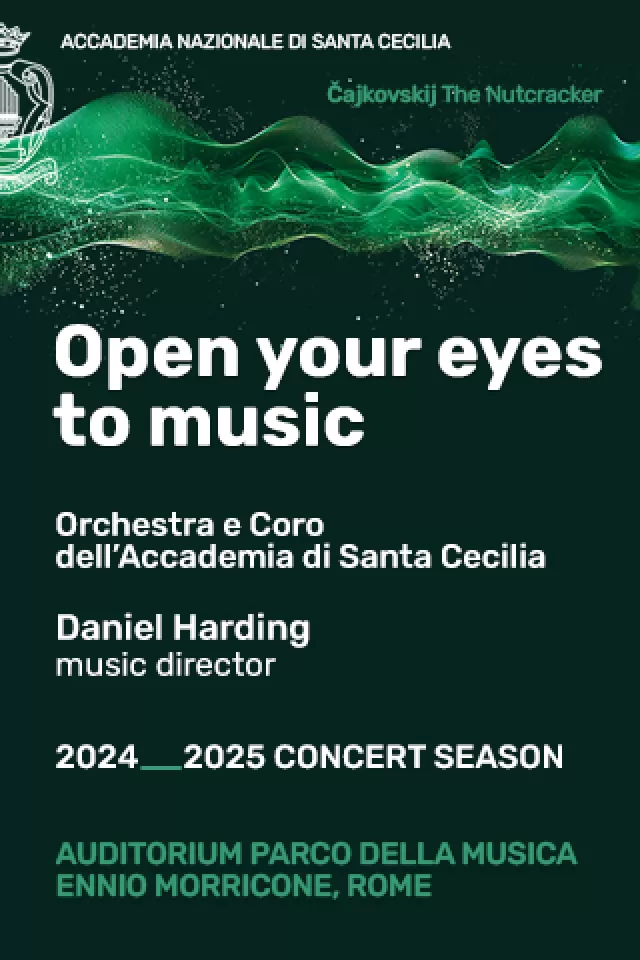A wee Scots corner of Tuscany
It can come as a bit of a shock when the grocer in a little Tuscan village greets you with a perfect Glasgow accent and the barman in a nearby cafe asks you if you want a wee cup of coffee or a bigger ane. But this is commonplace in Barga, where Scots is the second language or, in many cases, the mother tongue of many of the inhabitants.
This unique inheritance came about thanks to a quirk of fate. Although nearby Bagni di Lucca and the Apuan highlands are now in what might be defined as the less fashionable part of Tuscany north of Chiantishire, a couple of centuries ago they were major cultural destinations. No Grand Tour was complete without a lengthy visit to the area.
According to Barga lore, the Duke of Argyll, a young Scottish nobleman, caught a nasty dose of malaria while improving his education in Lucca. He was taken to the healthier heights of Barga to recuperate and was so well looked after by the local people that he vowed he would welcome any Barghegiani who wanted to emigrate and give them work on his Scottish estate. This, it is said, was the beginning of a long tradition of local migration to Caledonian shores, which has continued more or less to the present day.
Over the last century, the sober and industrious emigrant families from this little Italian mountain village have carved out for themselves a unique and lasting niche in the social structure of their host country. There is hardly a town in Scotland today without some Barga connection.
According to the records, the first to venture north was a certain Leopoldo Giuliani, who moved to Scotland in the latter half of the 19th century. The enterprising Giuliani set about developing the ice cream industry and was so successful that he ended up running a chain of 60 parlours.
In Scotland, in fact, until a generation ago it was inconceivable that ice cream could be anything but Italian, or that fish n chip shops could be run by any other nationality. Incredibly, a large percentage of these businesses were owned by people from Barga. They included landmark institutions like the Serafini Ness Walk cafe at Inverness, the Giannetti chip shop in Glasgow and the Carrieri Ideal Caf at Irvine. The intrepid Cabrelli and Cardosi families went as far as Wick, while Nardini and Castelvecchi were household names in Largs.
Barga descendants are still scattered around Scotland today and include prominent public figures such as the present archbishop of Glasgow, Mario Conti. Even those who subsequently returned to their native village during the post-war Italian economic boom have kept some links.
Actually, I didnae want to come back here at all, confides Claudio Donati, whose family ran the well-known Railway Caf in Ayr when he was a boy.
It was my father who insisted. I was young. I had all my friends in Scotland. I didnae like it here. I still cant stand the bureaucracy. He says he feels homesick for Scotland: I often think I want to go hame.
Donati and his wife Clementina run Il Ponte di Ceserano, a cosy little trattoria bedecked with Scottish memorabilia in the adjoining hamlet of Fosciandora. He proudly points out his portrait on the wall, sketched by his friend John Bellany, the well-known Scottish artist who has a holiday villa nearby.
Bellany and his wife Helen say they had no idea they had stumbled on a tiny Scottish enclave in the foothills of the Apuan highlands when they were looking for their holiday retreat. The first inkling they had that something unusual was afoot was when the local estate agent, Michele Biagi, greeted them in broad Scots.
There were other surprising incidents, says Bellany, smiling. We were sitting in a restaurant, for instance, when some people came over and said: Are you John Bellany? And I thought: This is incredible. There are folk in this little place who have heard of me.
Last summer, the Barghegiani honoured Bellany with a major exhibition of his work, which was inaugurated by the lord provost of Glasgow, Alex Mosson. On this occasion, the special relationship was trumpeted from the old town battlements, which were bedecked with hundreds of fluttering Italian and St Andrews flags, while a gigantic banner by the mediaeval Porta Reale announced: Welcome to Barga, the most Scottish town in Italy.
Mayor Umberto Sereni and town councillor Rino Simonetti, who acted as guides during my visit, are anxious to point out, however, that the area is also celebrated among Italians because of its connections with the 19th-century poet Giovanni Pascoli. Pascoli made his home in nearby Castelvecchio for the 17 years preceding his death and wrote some of his best works there. The Villa Carrara, which the poet managed to purchase by selling gold medals he had won in Latin poetry competitions in Holland, is now a museum. Pascoli also immortalised Barga in one of his most famous poems, entitled LOra di Barga.
The arts, in fact, have always prospered here, and the town runs a highly successful opera season every summer in the 200-year-old Teatro dei Differenti. The theatrical tradition dates back to the late 17th century when an academy of performing arts was established to keep the local youth occupied. Throughout its history the Teatro dei Differenti has hosted the greatest stars of Italian theatre, and Opera Barga, which was established in 1967, carries on this glorious tradition.

















